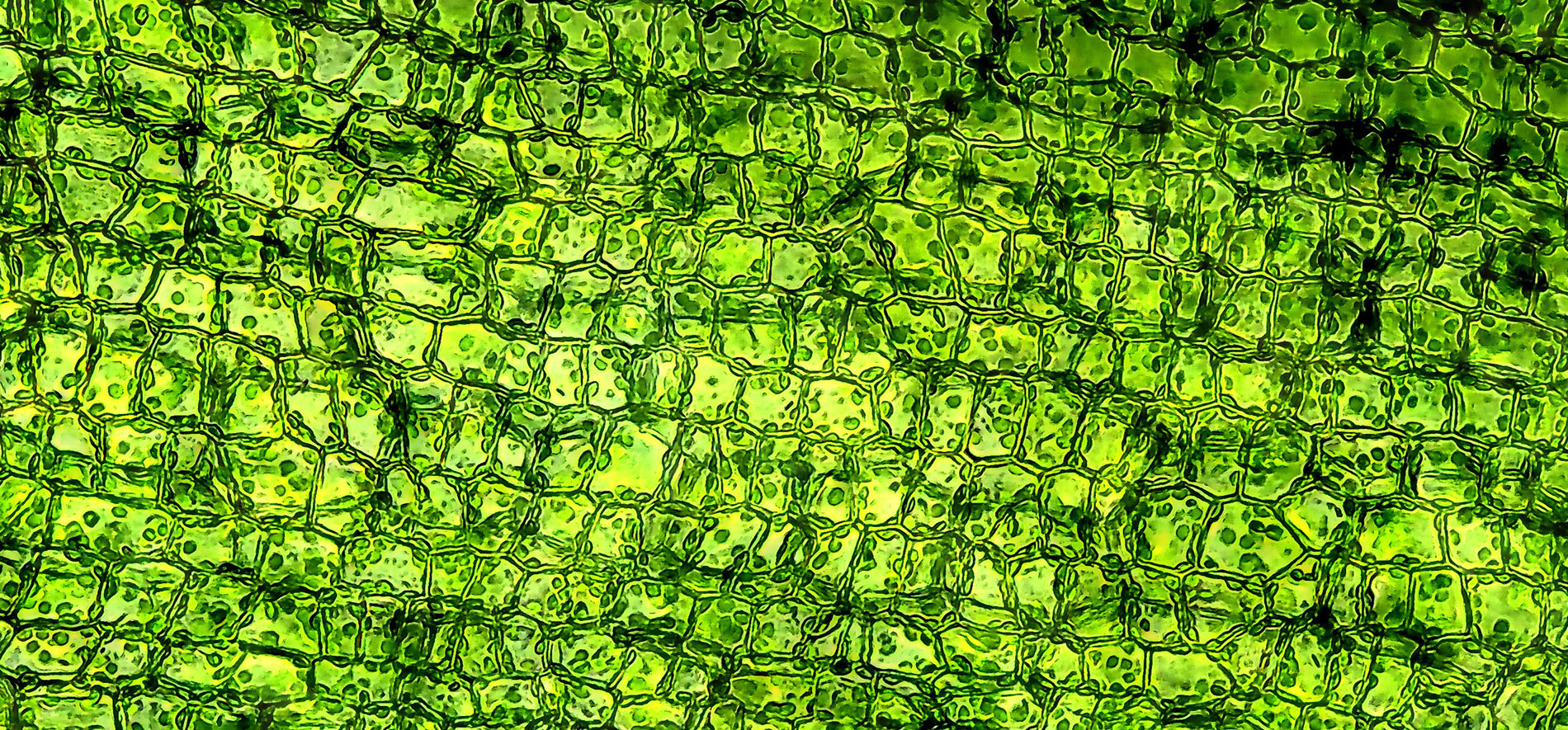
We all love going to the dentist, especially for restorations like crowns and bridges!
Traditionally, these uncomfortable procedures have involved a dentist making a physical impression of our teeth to create an accurate model that provides a platform on which the restoration procedure can be performed. However, such physical impressions may be a thing of the past.
Digital scanners provide a variety of advantages
Advances in technology are meaning that physical impressions are being replaced more and more by “digital impressions” made by digital intraoral scanners.
An intraoral scanner is a handheld device the size of an electric toothbrush. Light from the scanner is projected onto teeth, and the reflected light is recorded by a camera in the scanner. By moving the scanner in the mouth, it is possible to capture images of the complete dental arch. The captured images are processed by a computer to create a digital 3D model of the patient’s teeth. Impressively, this processing can be done in real-time.
The small size of the scanner and the fact that the scanner does not need to touch the teeth or gums makes the whole procedure much more pleasant for the patient compared to taking a physical impression, which can sometimes cause the patient to gag. Further, the real-time processing of the digital impression makes it possible to display a digital representation of the patient’s teeth to the patient directly after scanning. By seeing the digital representation almost instantly on-screen, the dentist and their patient can together obtain a better understanding of the oral condition and communicate more effectively with each other on what restoration work is best.
Advantages of digital impressions don’t stop there. For example, dentists can actually perform a digital restoration treatment on the digital impression so that the patient can immediately see a digital representation of a final restoration structure (e.g. a crown or a bridge) that is destined for their mouth, and can provide input into what that structure will ultimately look like.
New digital processes are more precise, efficient, and reliable
Oral scanners can also be used as part of a CAD/CAM (computer-aided-design and computer-aided-manufacturing) workflow. This means that the dentist can forward the digital representation of the final restoration structure to a machine that produces a physical representation of it, for example, by milling a solid block of ceramic or 3D printing. This machine may be located in the dental practice or in a remote dental laboratory.
On-site machines allow the final restoration structure to be made and fitted to the patient almost immediately after the digital impression is made meaning that there is no need for the dentist to fit a temporary structure into the patient’s mouth while an off-site dental laboratory produces the final restoration structure, which can take several weeks. Although, off-site machines may reduce the overall cost of the restoration procedure to the patient because multiple dental practises can share use of the same machine.
Future developments
Additional research and development is currently under way to make these new digital processes more precise, efficient, and reliable. For example, mist in the oral cavity and fluid on the teeth can reduce the quality of the scanned images. These issues are being addressed by improved optics and software which digitally remove droplets on a tooth from the digital impression. Further, advances in scanning software are enabling the scanner to compensate for jaw movement during the scanning process.
We are excited about these upcoming developments and quietly confident that they will help us all start to develop a real love of visits to the dentist.
Urs is a Partner and Patent Attorney at Mewburn Ellis. He helps many companies working at the frontiers of science and technology to build their IP portfolios and grow their businesses. He is genuinely enthusiastic about the different solutions these companies offer and the technical areas into which they are expanding.
Email: urs.ferber@mewburn.com
Sign up to our newsletter: Forward - news, insights and features
Our people
Our IP specialists work at all stage of the IP life cycle and provide strategic advice about patent, trade mark and registered designs, as well as any IP-related disputes and legal and commercial requirements.
Our peopleContact Us
We have an easily-accessible office in central London, as well as a number of regional offices throughout the UK and an office in Munich, Germany. We’d love to hear from you, so please get in touch.
Get in touch

